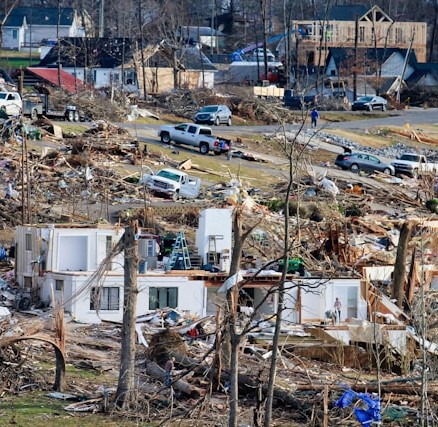FEMA Categories of Work
Category A
☐ Debris Removal
Category B
☐ Emergency Protective Measures
Category C
☐ Road Systems and Bridges
Category D
☐ Water control facilities
Category E
☐ Public Buildings and Contents
Category F
☐ Public Utilities
Category G
☐ Parks, Recreation, and Other
FEMA Recovery Phase Terms
Closeout
Closeout traditionally begins after the recipient completes all required work and has submitted all financial, performance, and other reports required under the terms and conditions of the award. FEMA or the pass-through entity determines that all applicable administrative actions and all required work of the federal award have been completed.
Disaster Recovery
The phase during a Presidentially-declared disaster following disaster response (though the phases may overlap) that begins after the immediate threats to life and property are resolved and ends when the community has recovered from the disaster’s impacts. This period includes the processes necessary to assist communities affected by an incident to recover effectively, including, but not limited to, rebuilding infrastructure systems; providing adequate interim and long-term housing for survivors; restoring health, social, and community services; promoting economic development; and restoring natural and cultural
resources.
Federal Assistance
Grants, loans, and other programs that provide financial and other types of assistance to Tribes, state and local governments, and certain types of private non-profit organizations, so that communities can quickly recover from Presidentially-declared disasters.
Funding Agency
Agencies that provide Federal assistance to Tribes, states, local communities, businesses, and individuals through grants, loans, and other programs to aid in the recovery from a disaster. Funding Agencies may include, but are not limited to, FEMA, the Department of Housing and Urban Development (HUD), and the Natural Resources Conservation Service (NRCS).
Hazard Mitigation
Hazard Mitigation refers to sustained measures enacted to reduce or eliminate long- term risk to people and property from natural hazards and their effects. In the long term, mitigation measures reduce personal loss, save lives, and reduce the cost to the nation of responding to and recovering from disasters.
